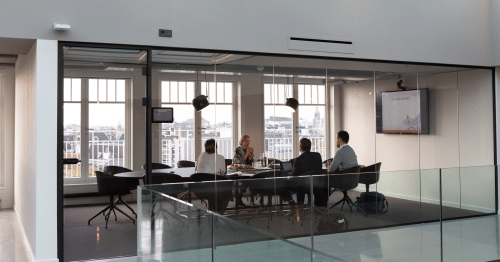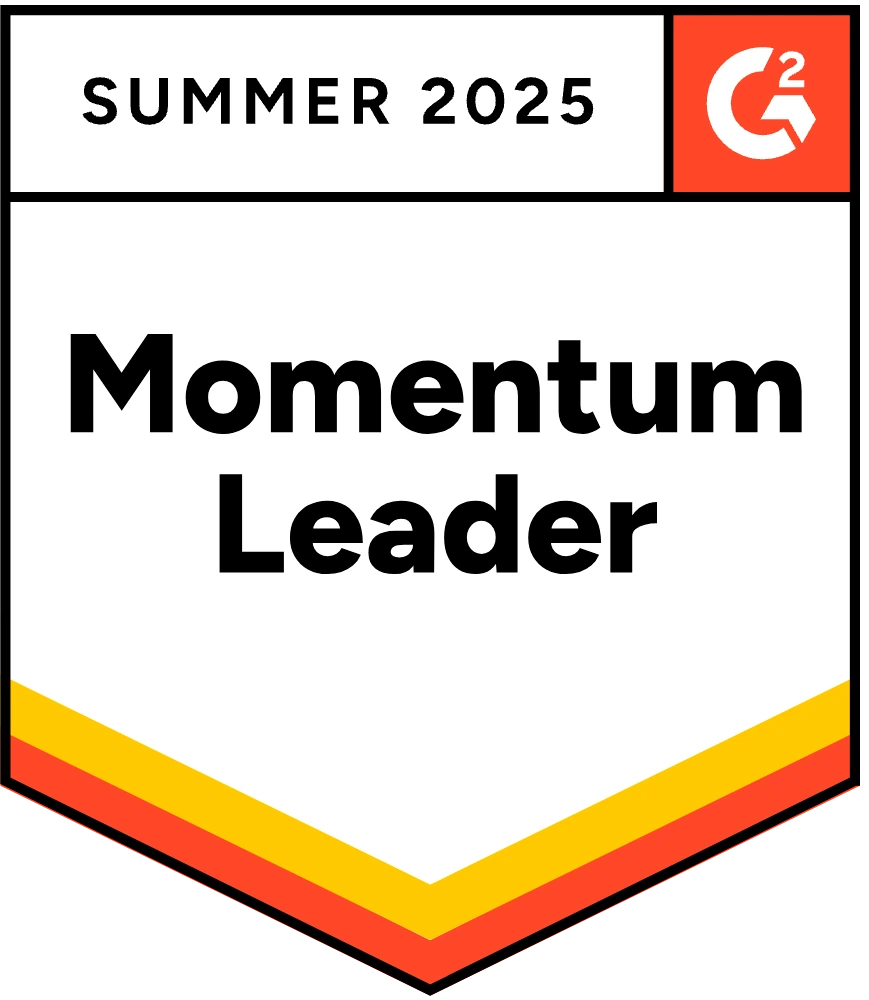As noted last week, there are numerous ways in which facility service providers can benefit from augmenting an IWMS with real-time building data. Both smart cleaning and maintenance can become more targeted in their use of resources while also providing more responsive service. The same is true for tenant-facing services like catering or even AV equipment provisioning.
Enhance planning with utilization insights
As with both other service categories that we have discussed, an IWMS is critical for planning and supervising a complex series of recurring and one-off tasks involving tenant services. The IWMS stores information about vendors such as catering companies, in-house service staff schedules and skills, as well as inventory levels, pricing, and what types of services can be booked for different types of rooms. In a well-designed IWMS, building users are connected to the system through mobile apps and other touchpoints. For example, when making a room reservation, users might be able to place an order for lunch from the company cafeteria, or request a projector for their presentation.
A smart building platform adds to this powerful foundation by offering additional insights on where and when services are being utilized. If a building has one or more lunch rooms, utilization tracking can help service providers identify peak hours for each room on different days of the week, helping to plan for enough staff to be on hand to keep wait times to a minimum. Likewise, utilization tracking around break rooms, snacking stations, or coffee bars – which are often used at less predictable intervals – can also help manage staffing and inventory by helping to identify peak use periods.
Ultimately, the better planning that results from bringing together detailed service information with real-time scheduling insights, means that service providers can time food and drink deliveries so that supplies are at their freshest during high-demand periods and reduce the risk of food waste. This, in turn, translates into lower costs for consumable goods even while offering a better user experience.
Speed delivery with real-time alerts
Beyond identifying broad usage patterns and improving resource allocation, sensor data can also drive more responsiveness in real time. For instance, smart building systems can enable automated alerts for cleaning or restocking when footfall in an area exceeds a specific threshold. These alerts can supplement other inventory management systems, such as QR code scans that signal that specific consumables are running low.
Occupancy information can also be helpful for letting service providers know when they can enter a meeting room to set up AV equipment or restock the water with minimal disruptions. With access to live floorplans that show whether a room is in use or not, staff can avoid walking in on ad-hoc meetings or reservations that are running over time. Particularly during a pandemic, the ability to minimize unexpected run-ins has additional health and safety benefits for staff.
Smart Facility Services: Takeaways
As the use cases outlined so far suggest, an IMWS+ is a comprehensive workplace solution that produces a system of benefits that transform the workplace into a more responsive, user-friendly, and efficient environment. While the benefits of smart facility services provision will, in most cases, not be the driving force in adoption decisions (particularly when other service systems are already in place), the intention of this post is to illustrate additional, non-obvious ways to unlock the potential of IWMS+ technology. Although an IWMS+ can generate substantial returns even when aimed at a single use case, as a comprehensive workplace solution it can drive improvements across the organization.
Having addressed many of the potential applications of an IWMS+, the final two posts in this series will focus on implementation, from how to choose an IWMS+ solution suitable for your organization to building internal support for the investment.
This post is Part 8 of an ongoing series on IWMS+. Earlier posts introduced the concept of IWMS+ and a range of smart building topics. If you’d like to receive notifications about future additions to this series and other Spacewell knowledge content, please sign up here.










